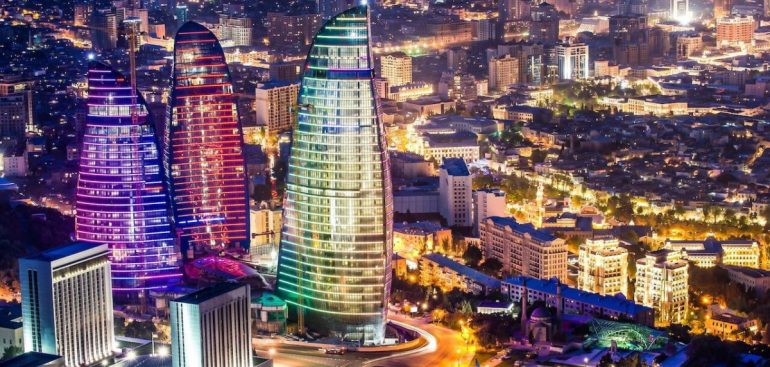Highlights:
- The economy of Azerbaijan showed a strong growth of 6.8% with both the non-hydrocarbon (10.3%) and hydrocarbon (0.6%) sectors in March 2022.
- The CPI inflation rate surged to 12.2% yoy in March 2022, driven mostly by food price inflation and large-scale disruptions in global supply chains;
- Foreign trade turnover accounted for USD 10.9 billion and non-hydrocarbon exports increased by 45.0% yoy in real terms in the first quarter of 2022;
- The state budget surplus amounted to AZN 1.4 billion or 4.6% of GDP in 2021;
- In comparison to the February of 2021 the lending portfolio increased by 20.2% by the February of 2022;
- In comparison to the beginning of 2022 the lending portfolio increased by 2.8% and reached to AZN 17.1 billion.
- On 18 March 2022, the CBA decided to increase the parameters of the interest rate corridor with the refinancing rate increasing from 7.5% to 7.75%, and the ceiling from 9.0% to 9.25%, while the floor of the interest rate corridor from 6.0% to 6.25%.
- In Q1 2022, the unemployment rate remained low at the level of 5.9%;
- Azerbaijan economy is projected to grow by 2.8% (0.5 percentage point above October forecasts) in 2022 and grow by 2.6% in 2023 according to the IMF’s latest April “World Economic Outlook” report.



